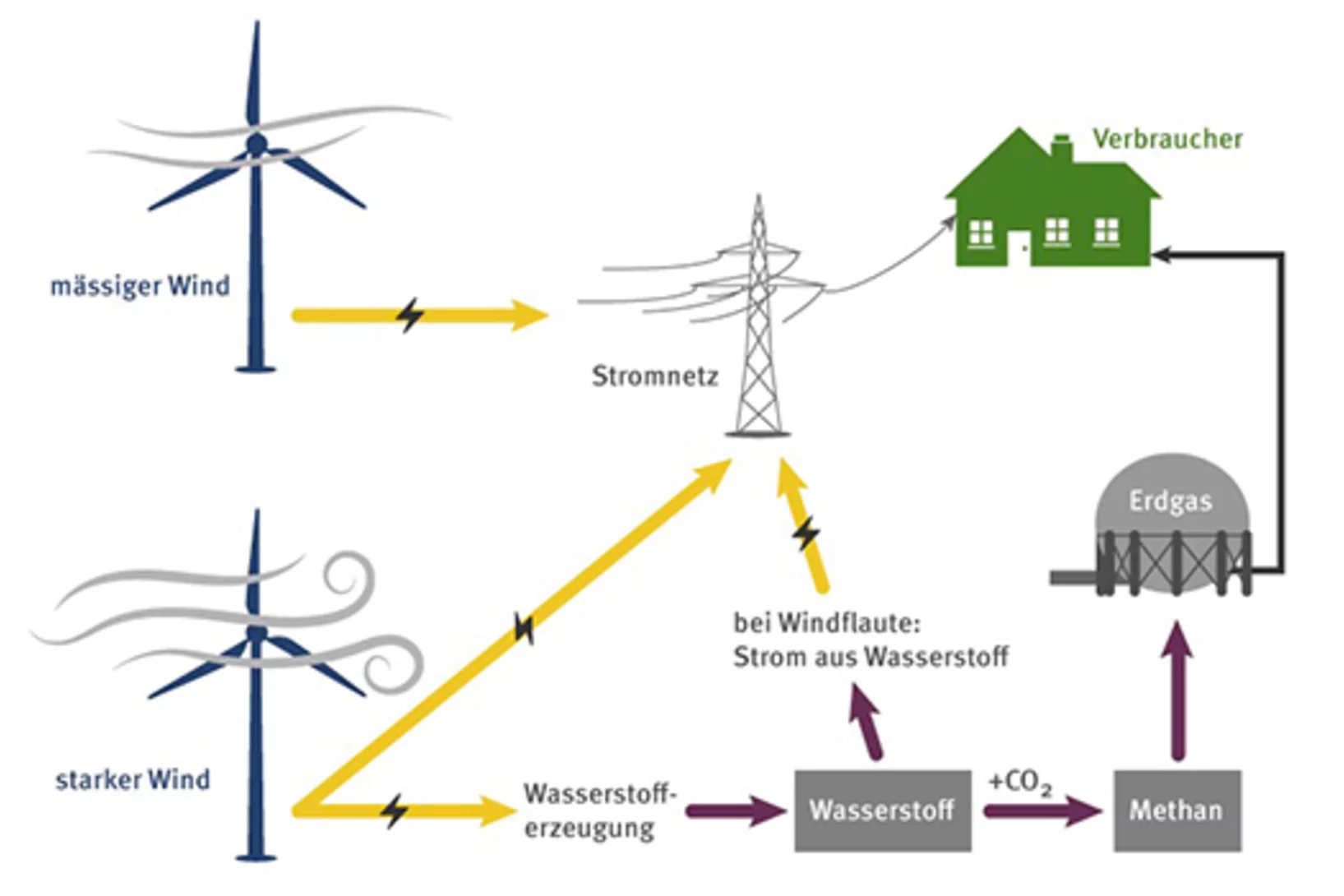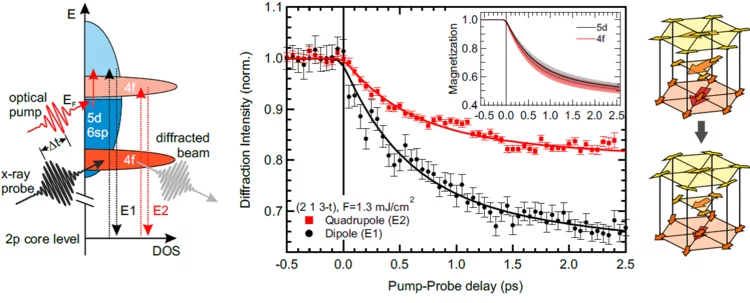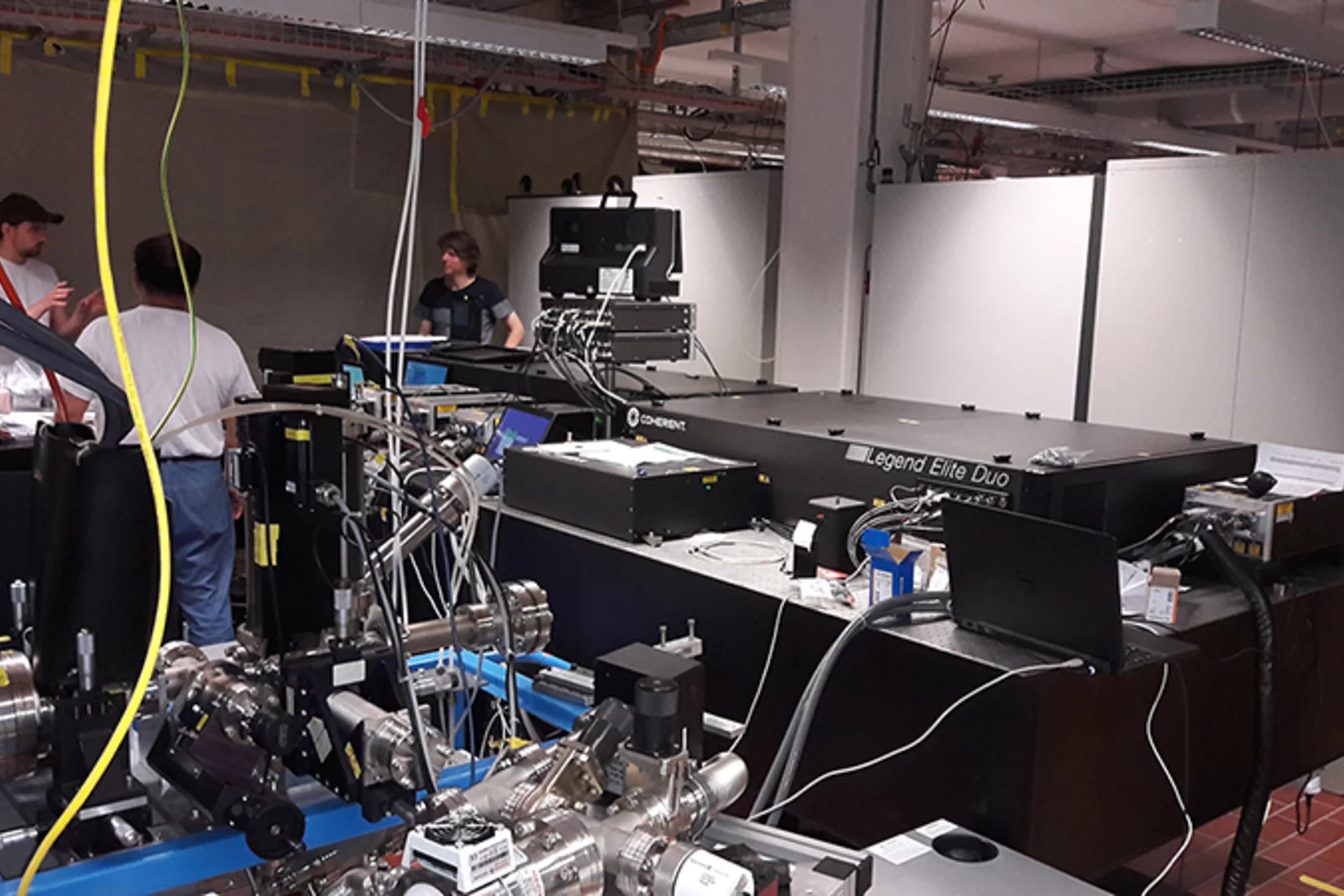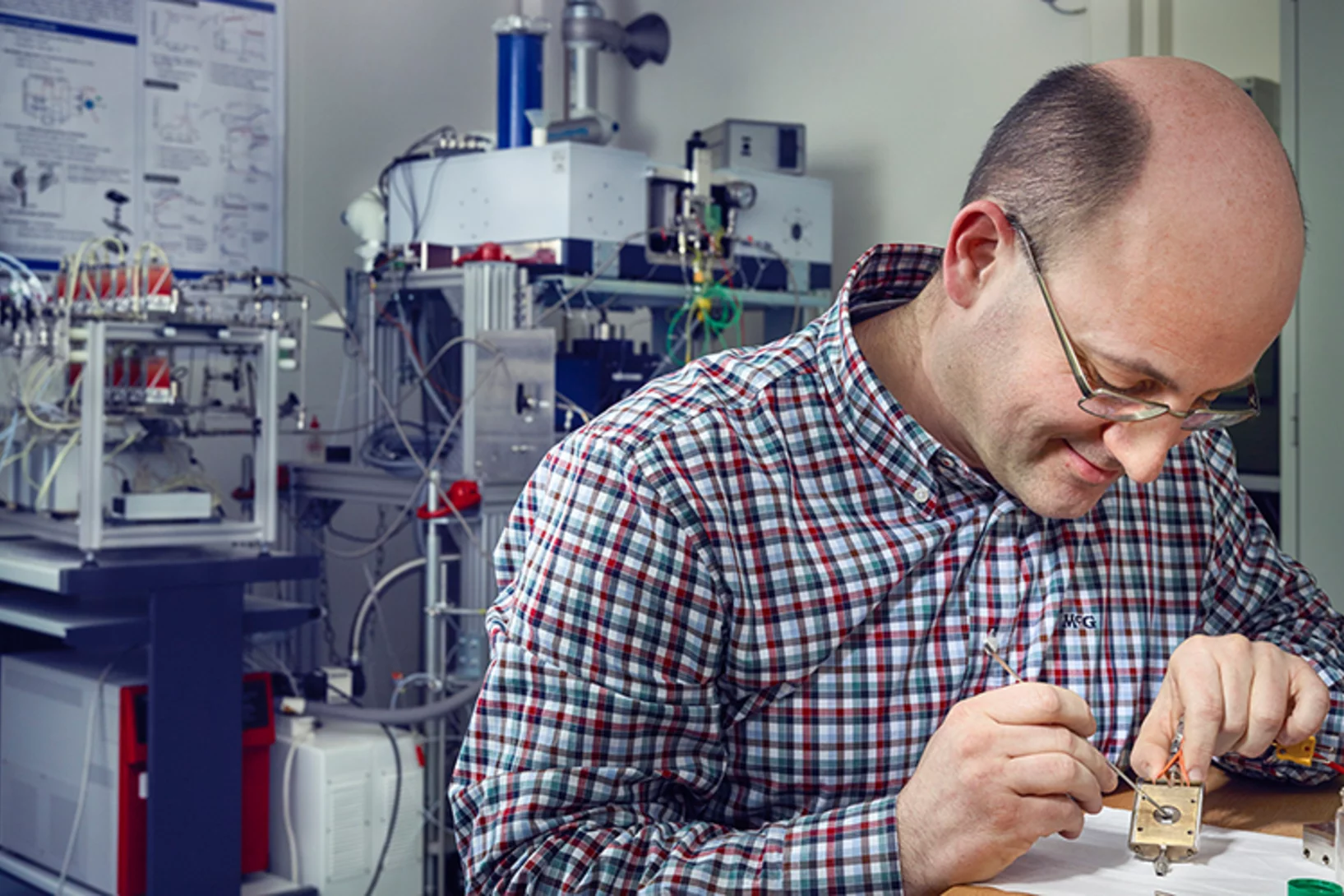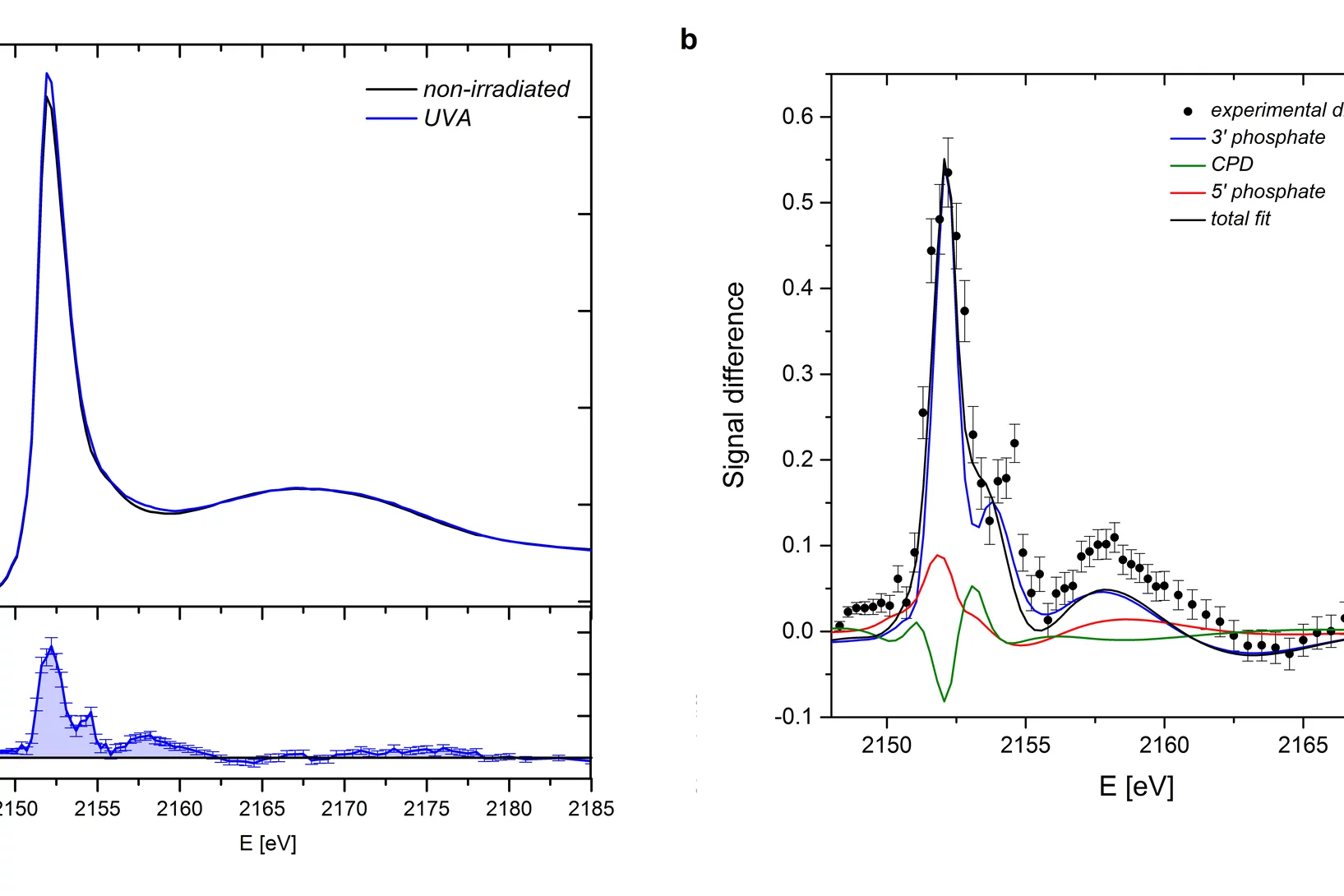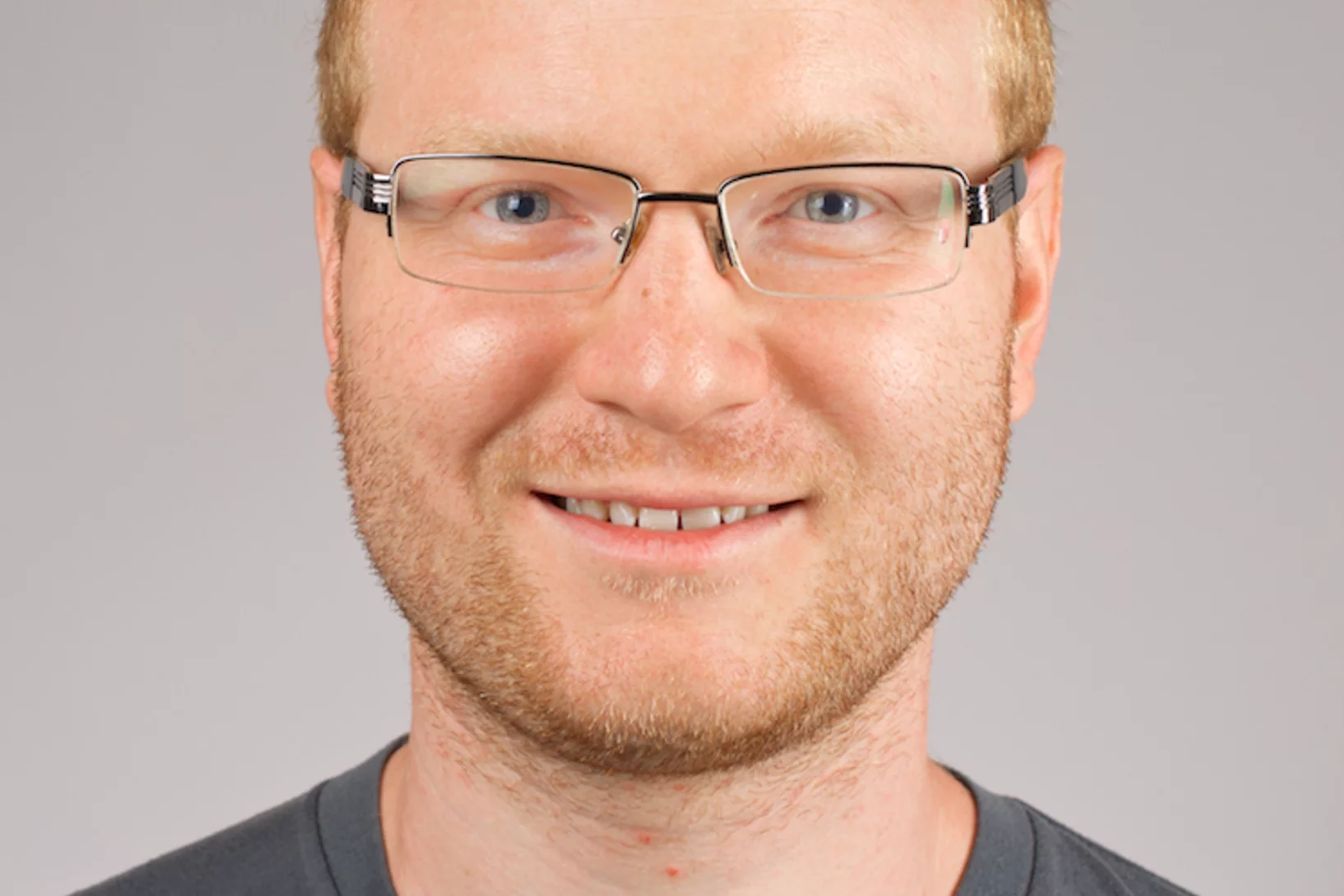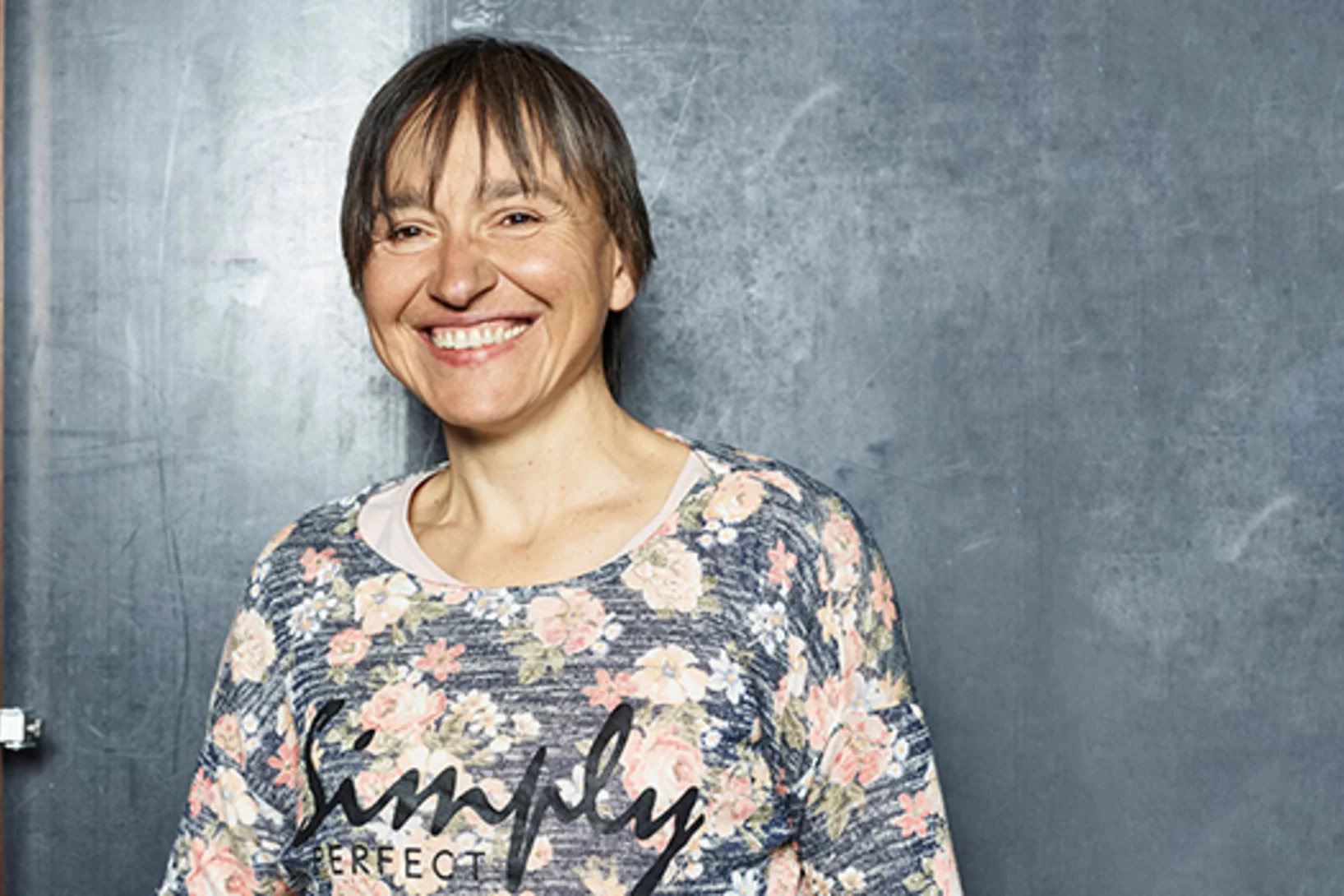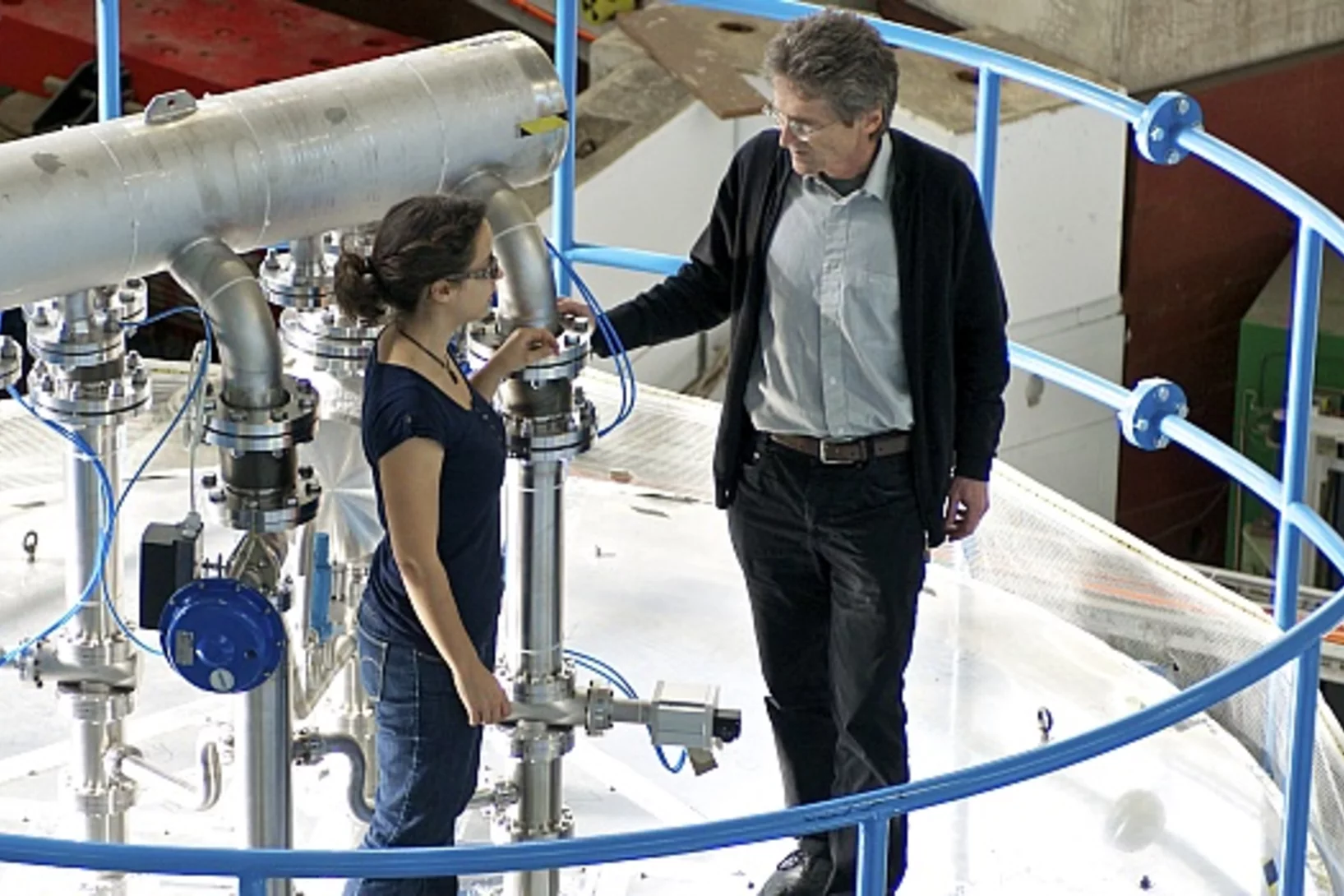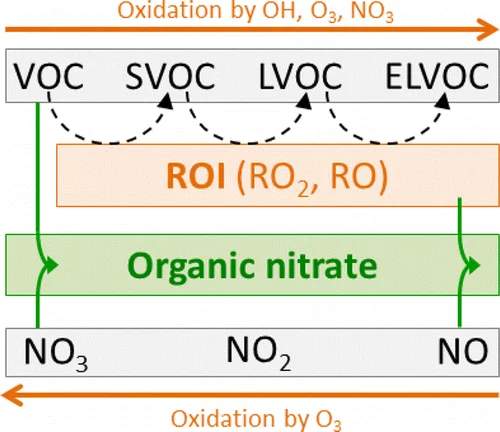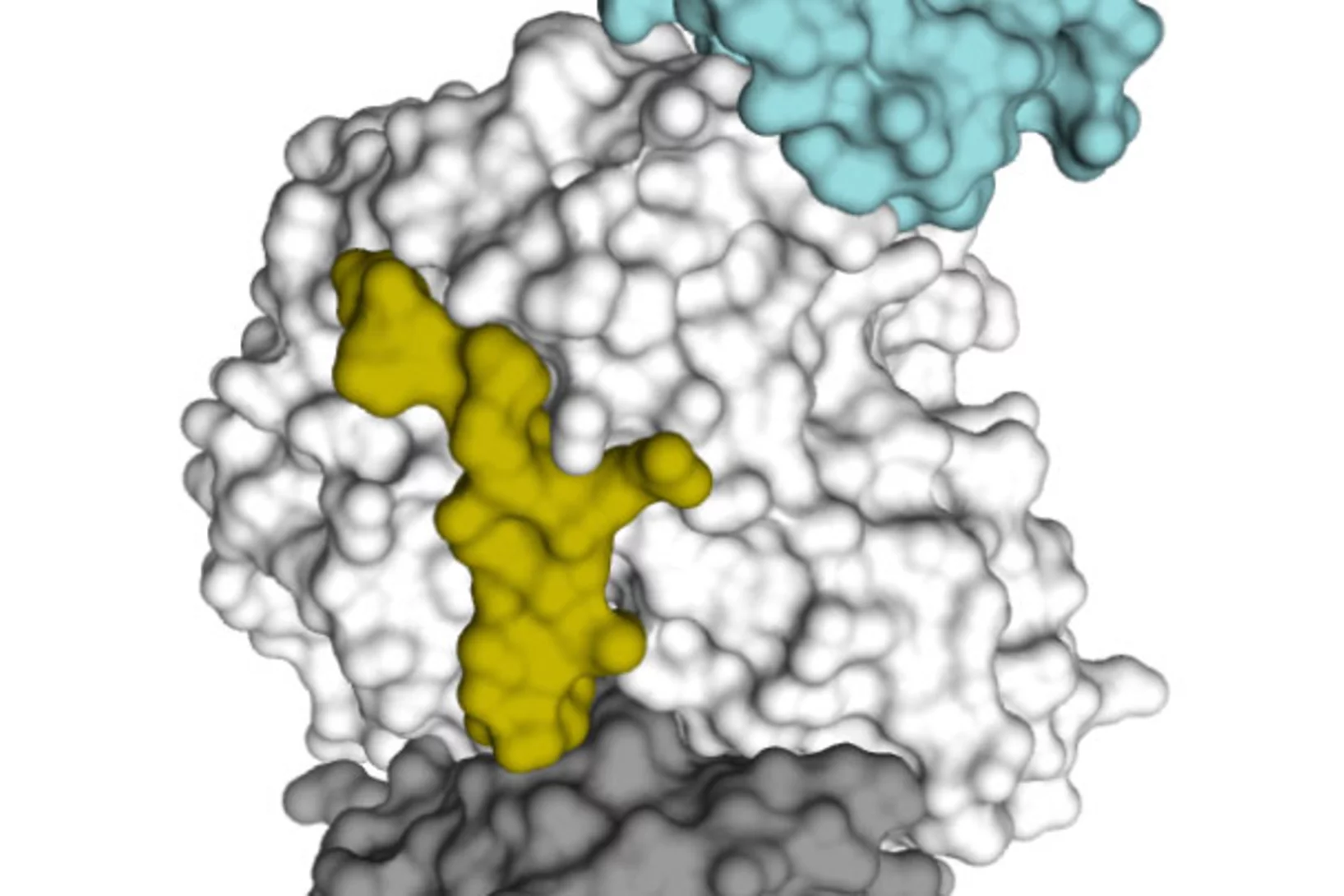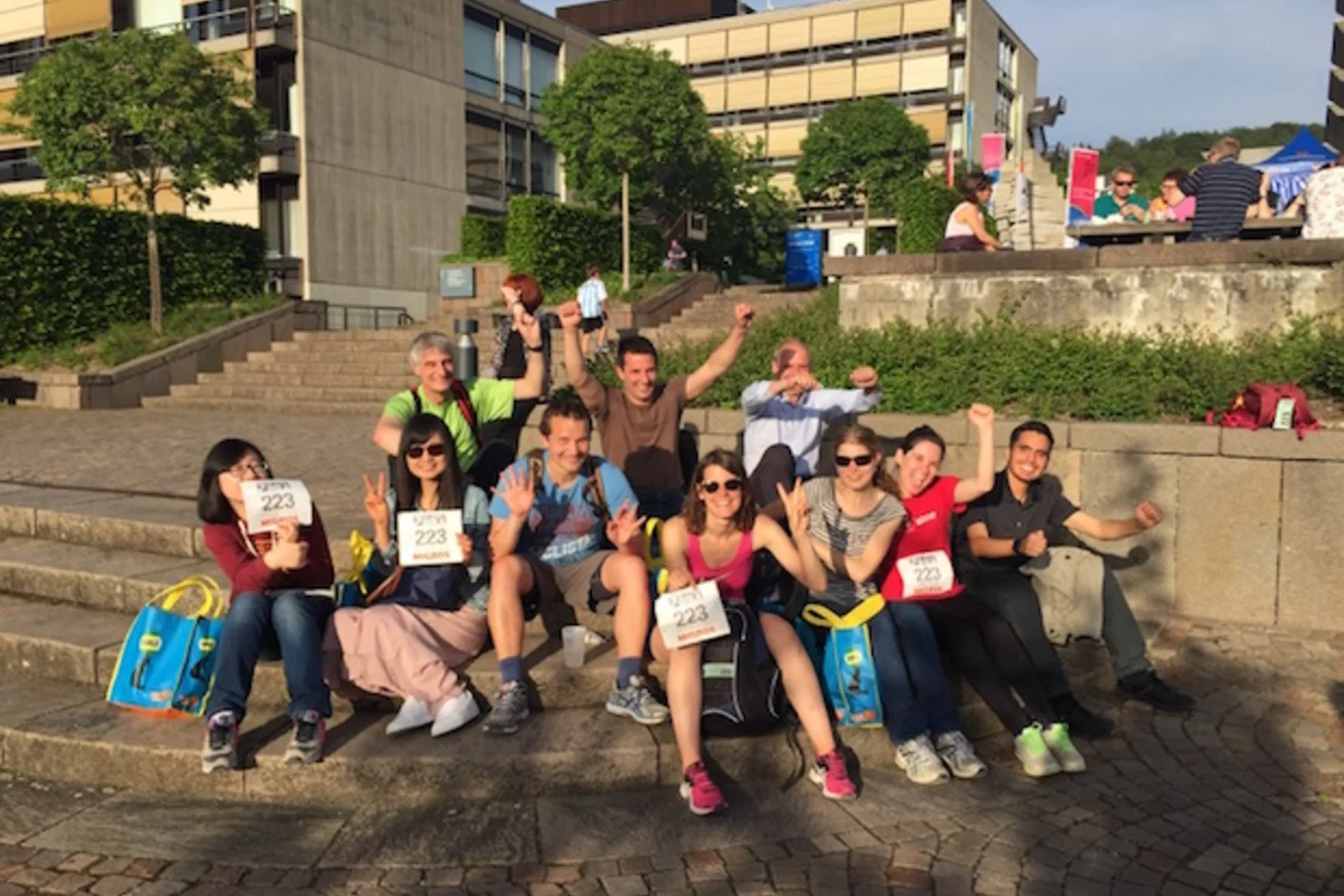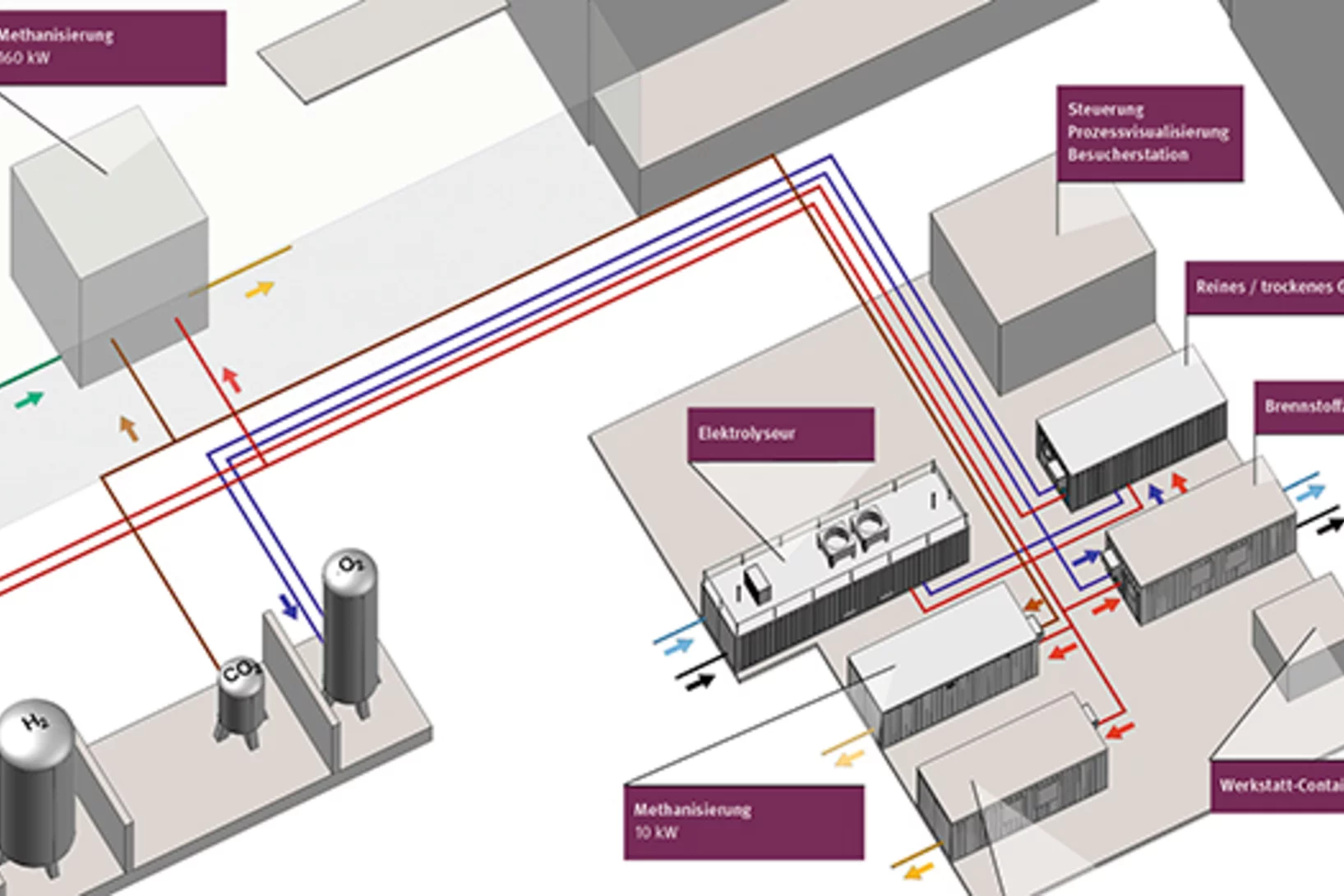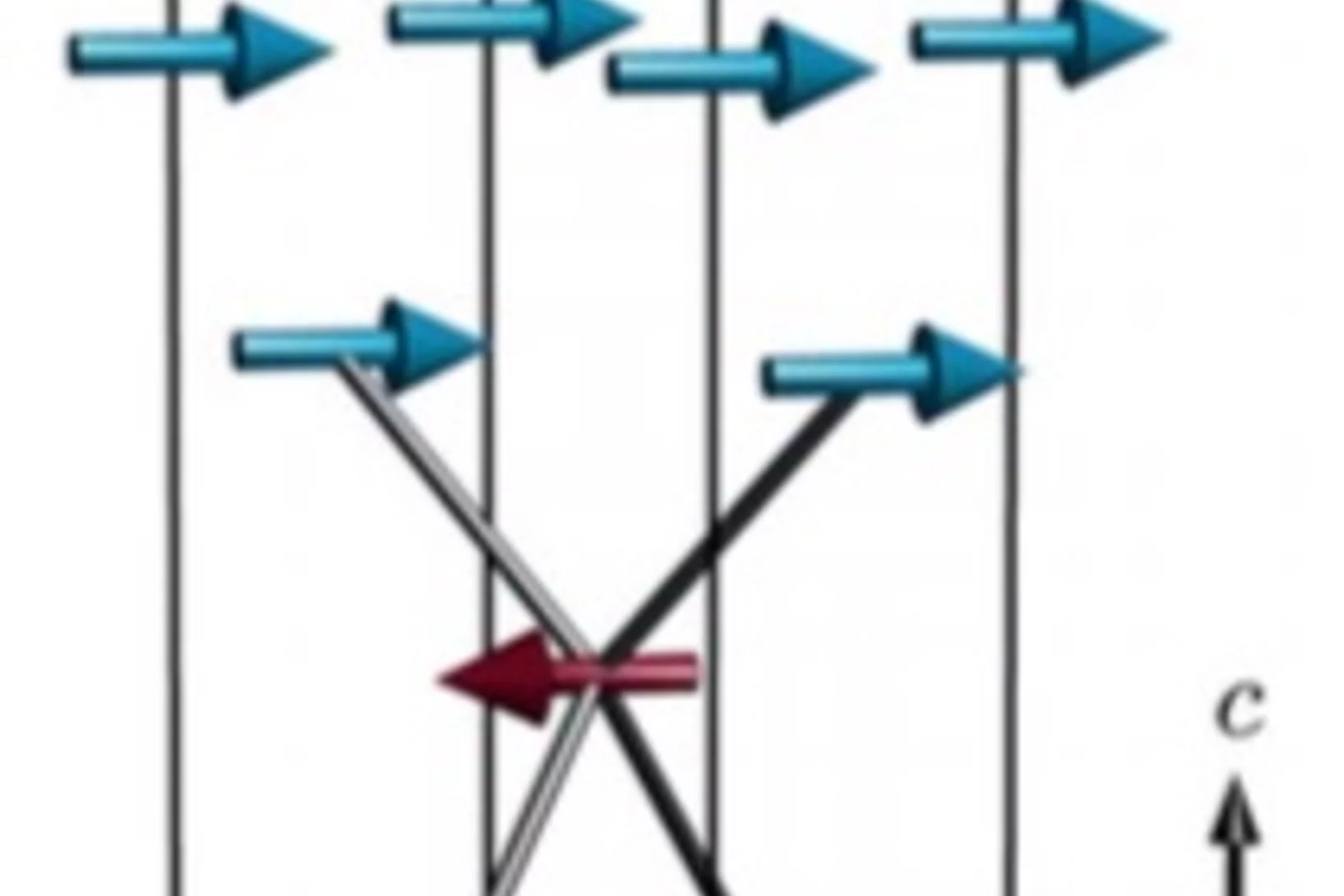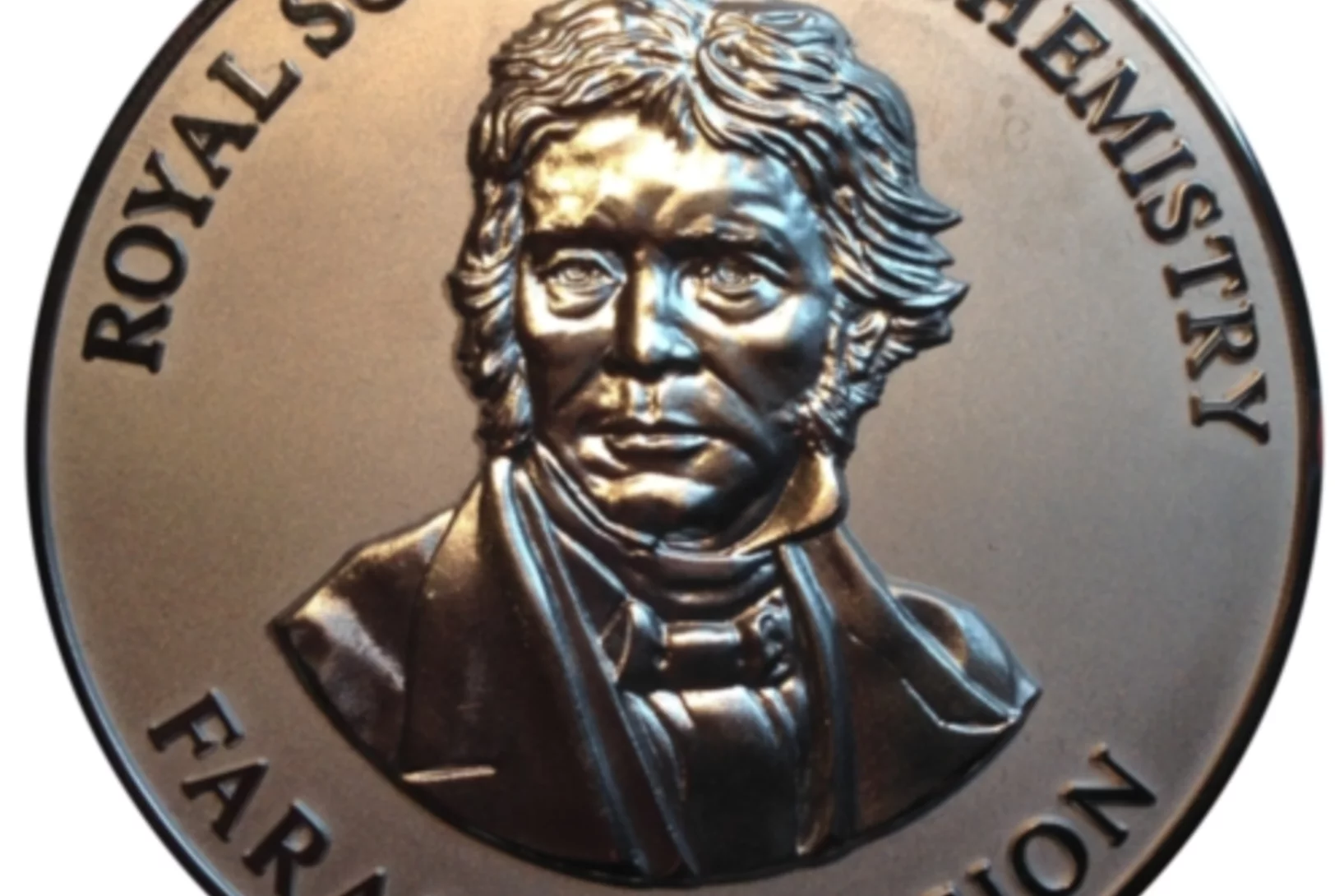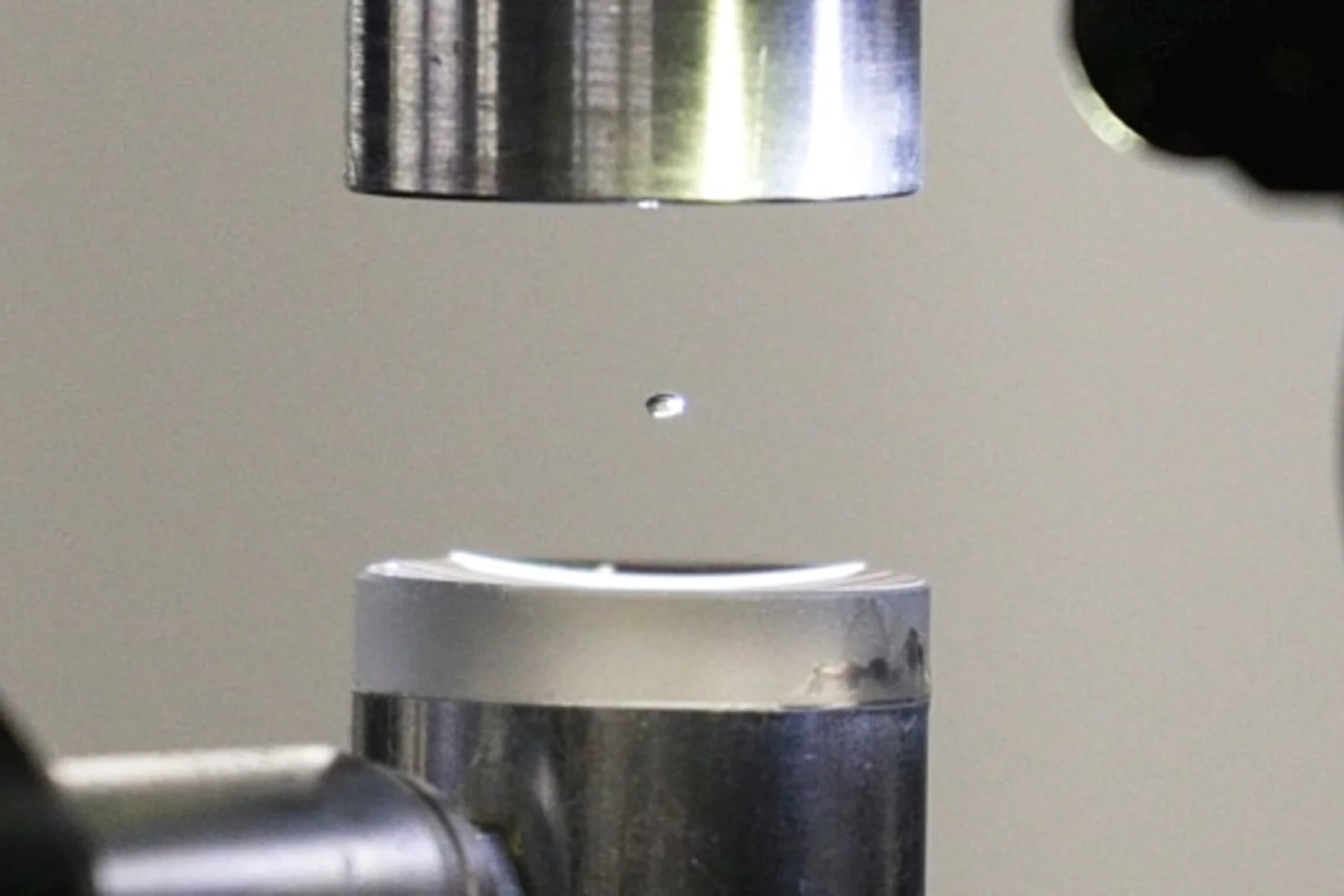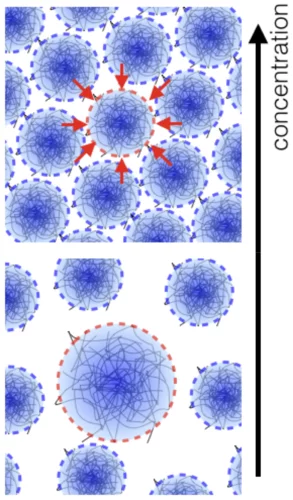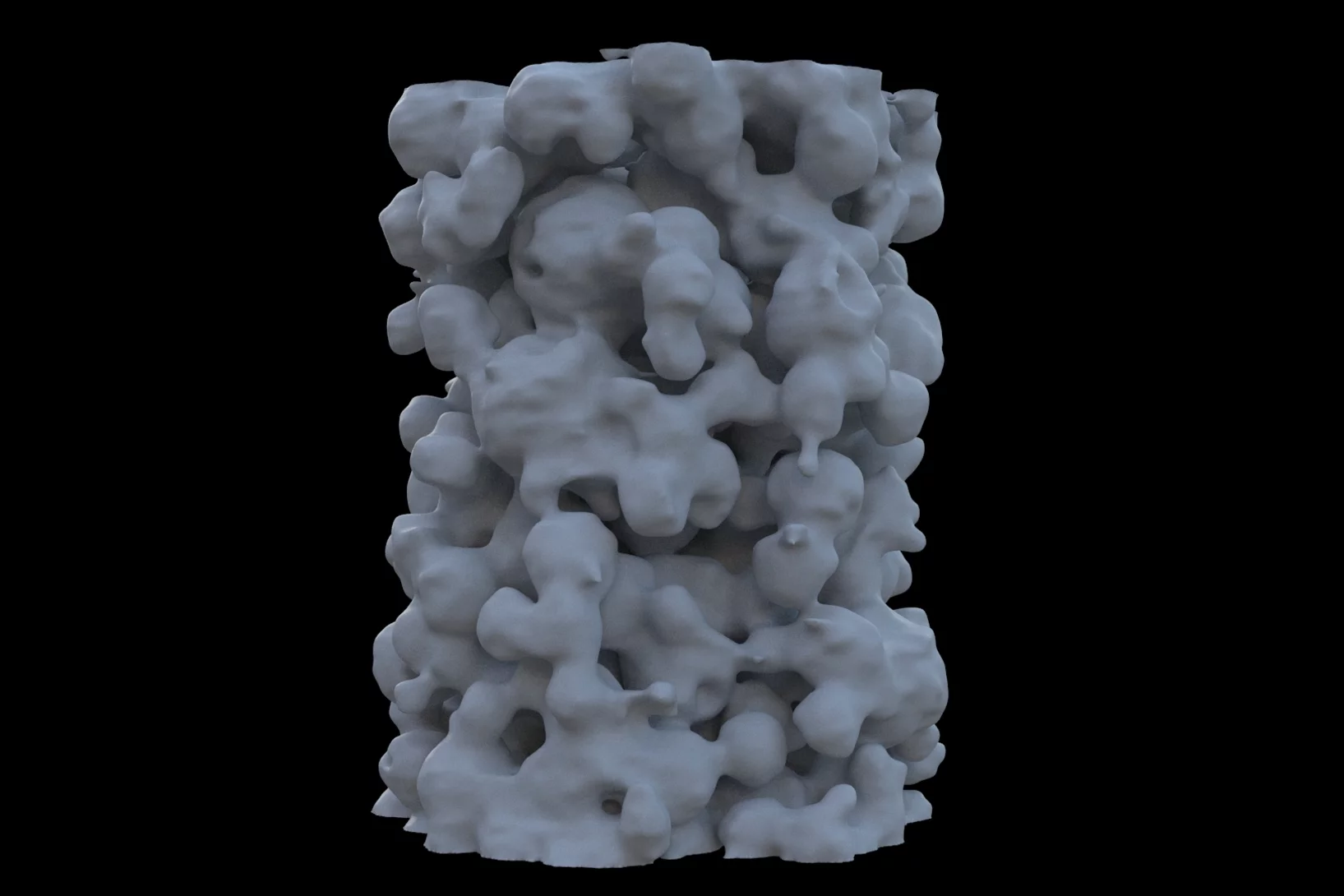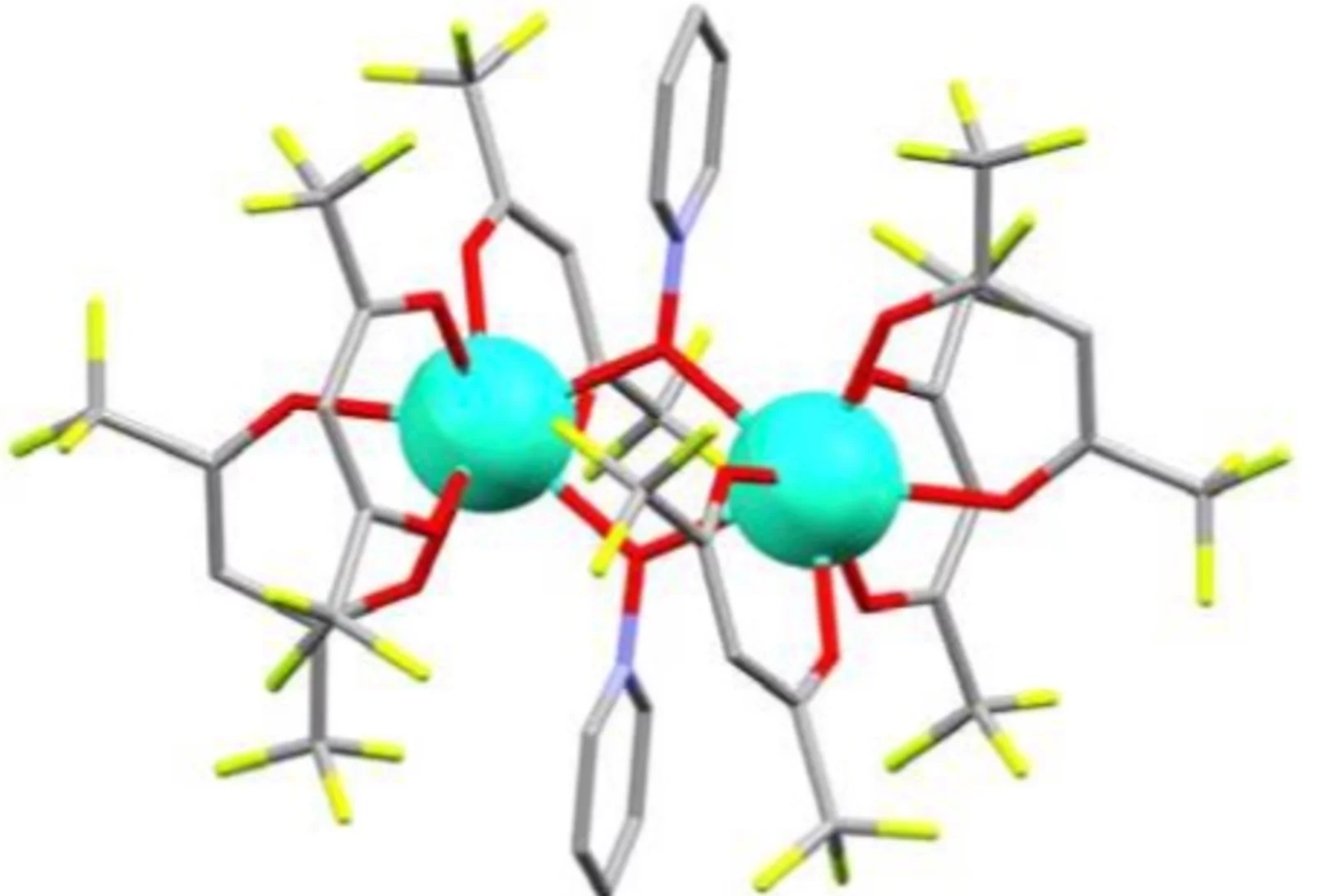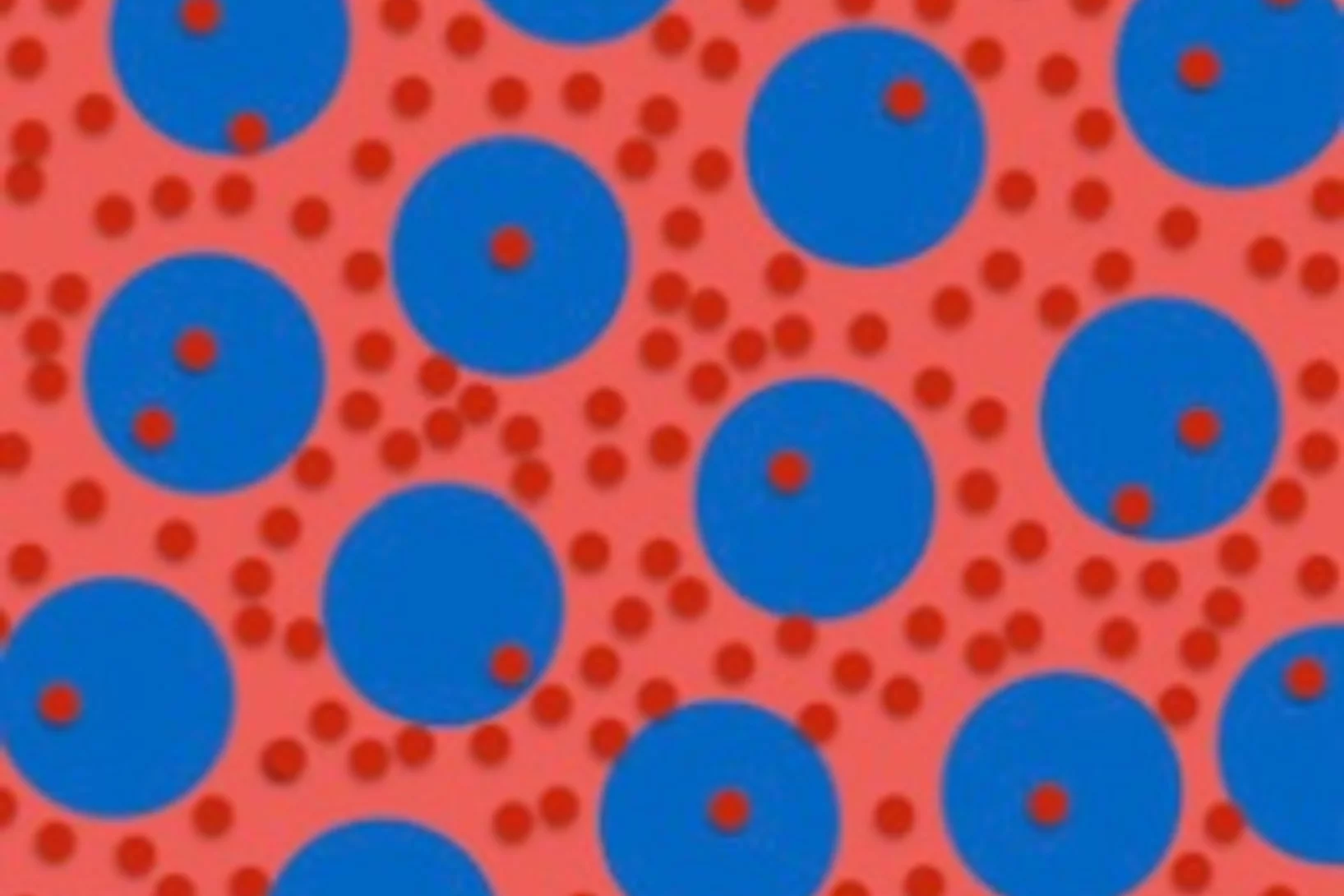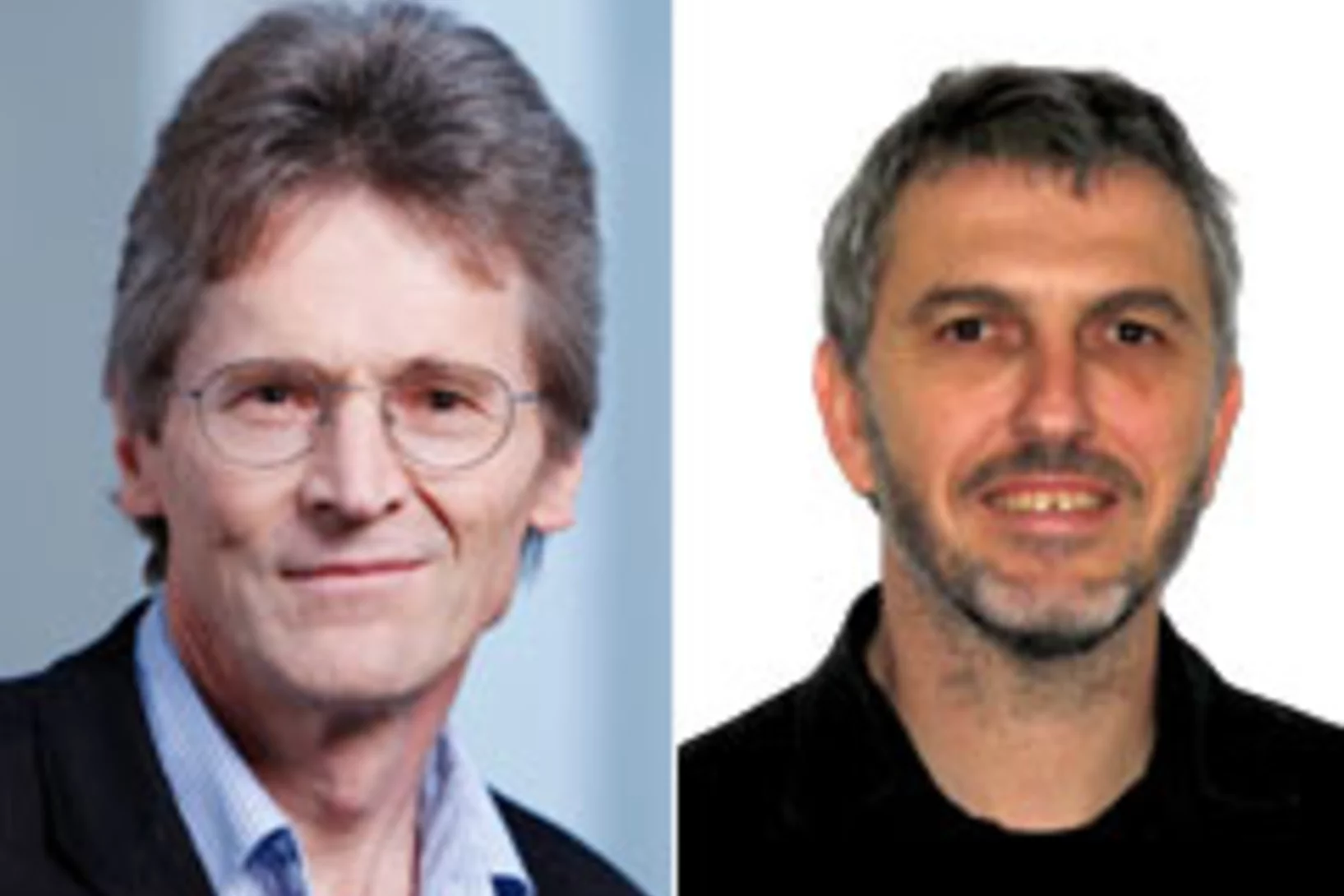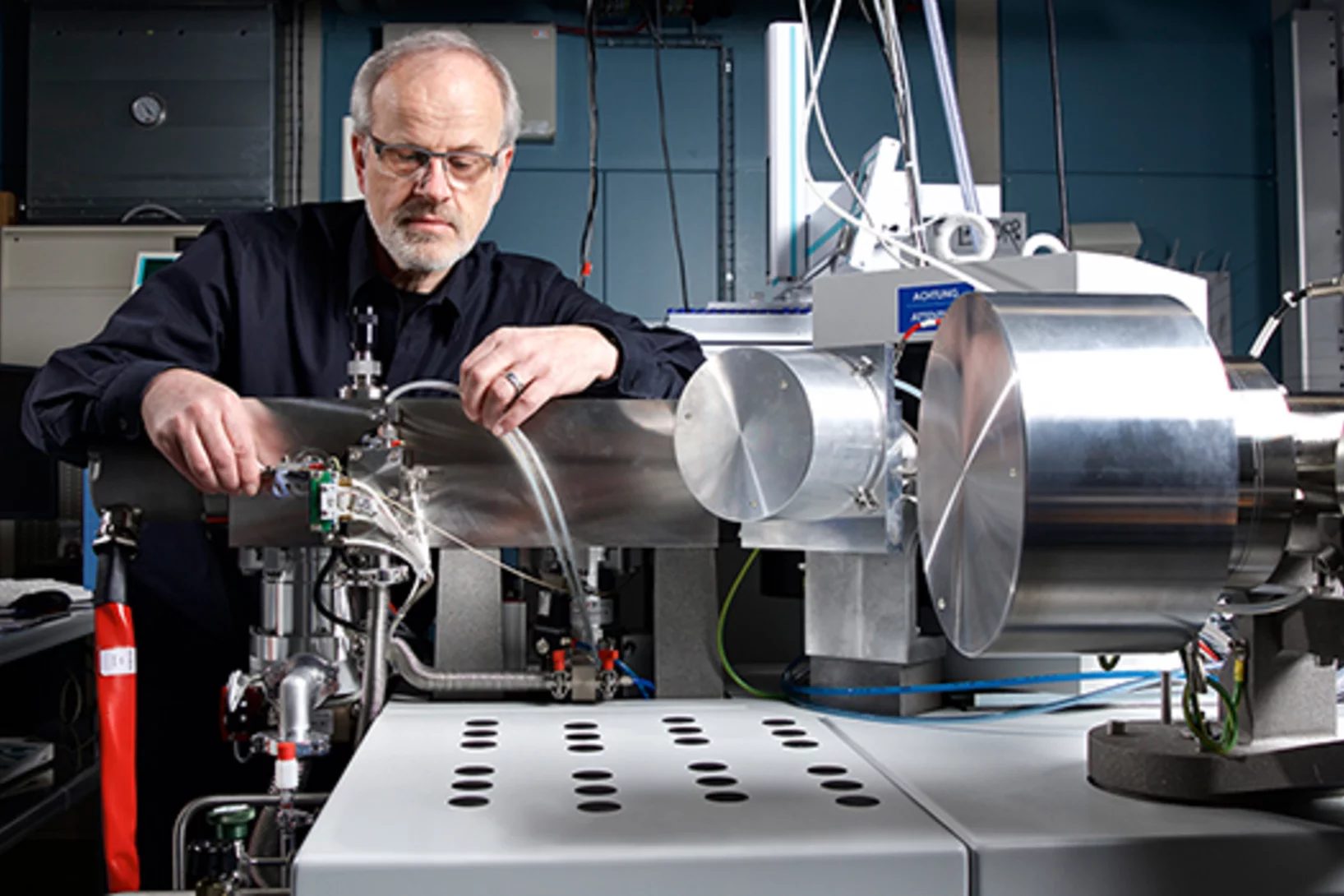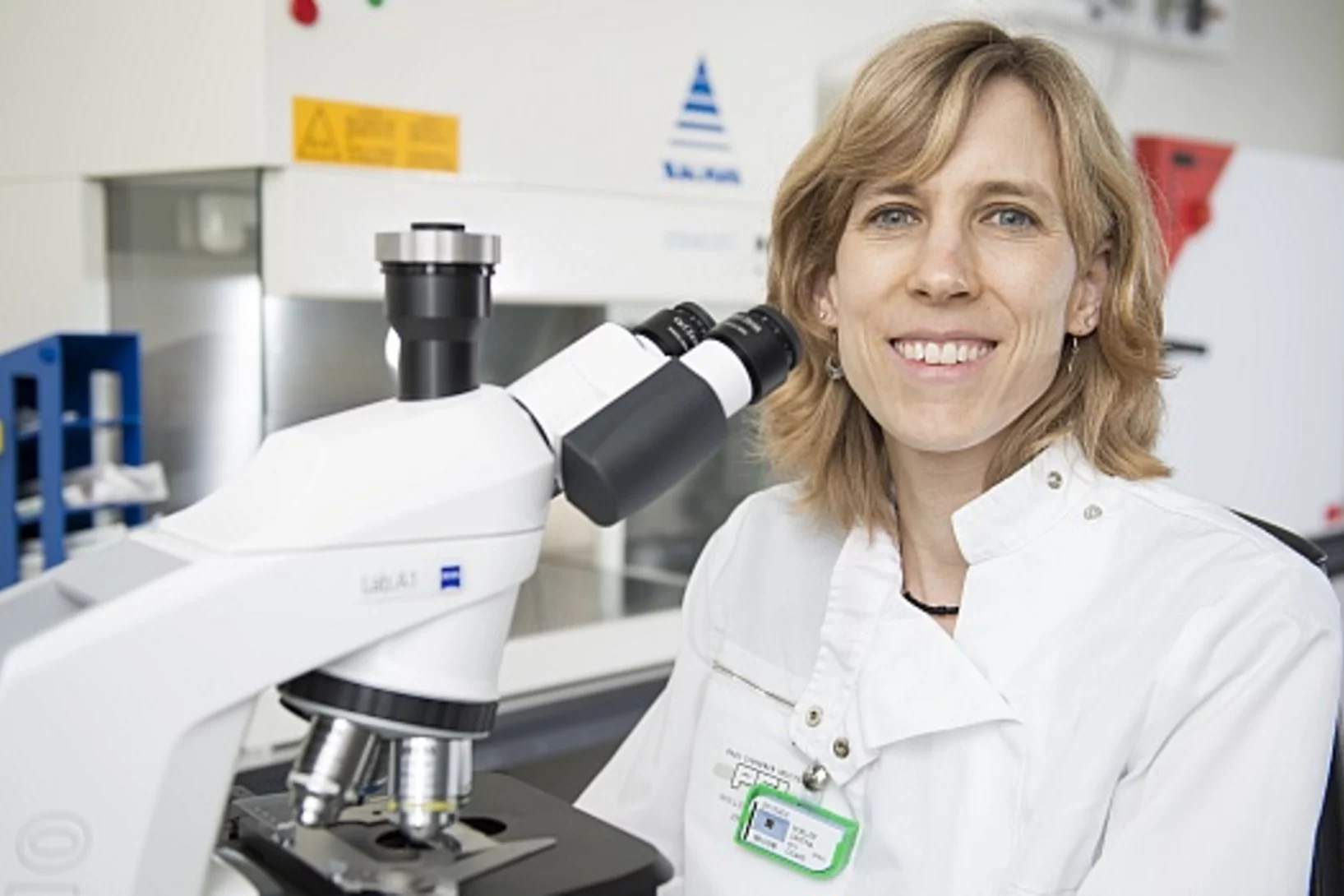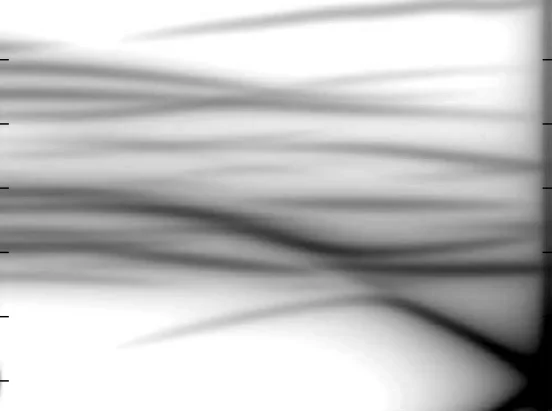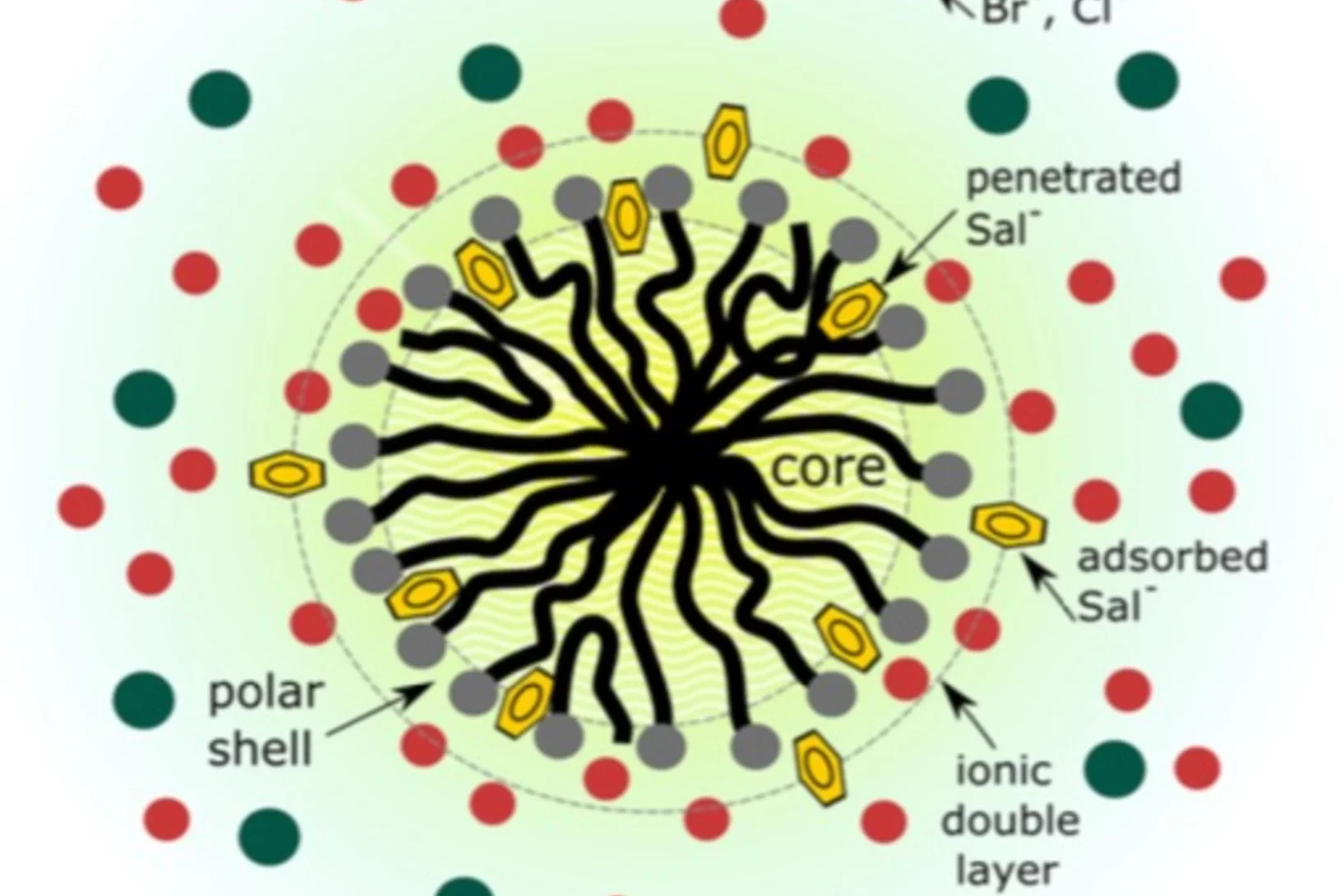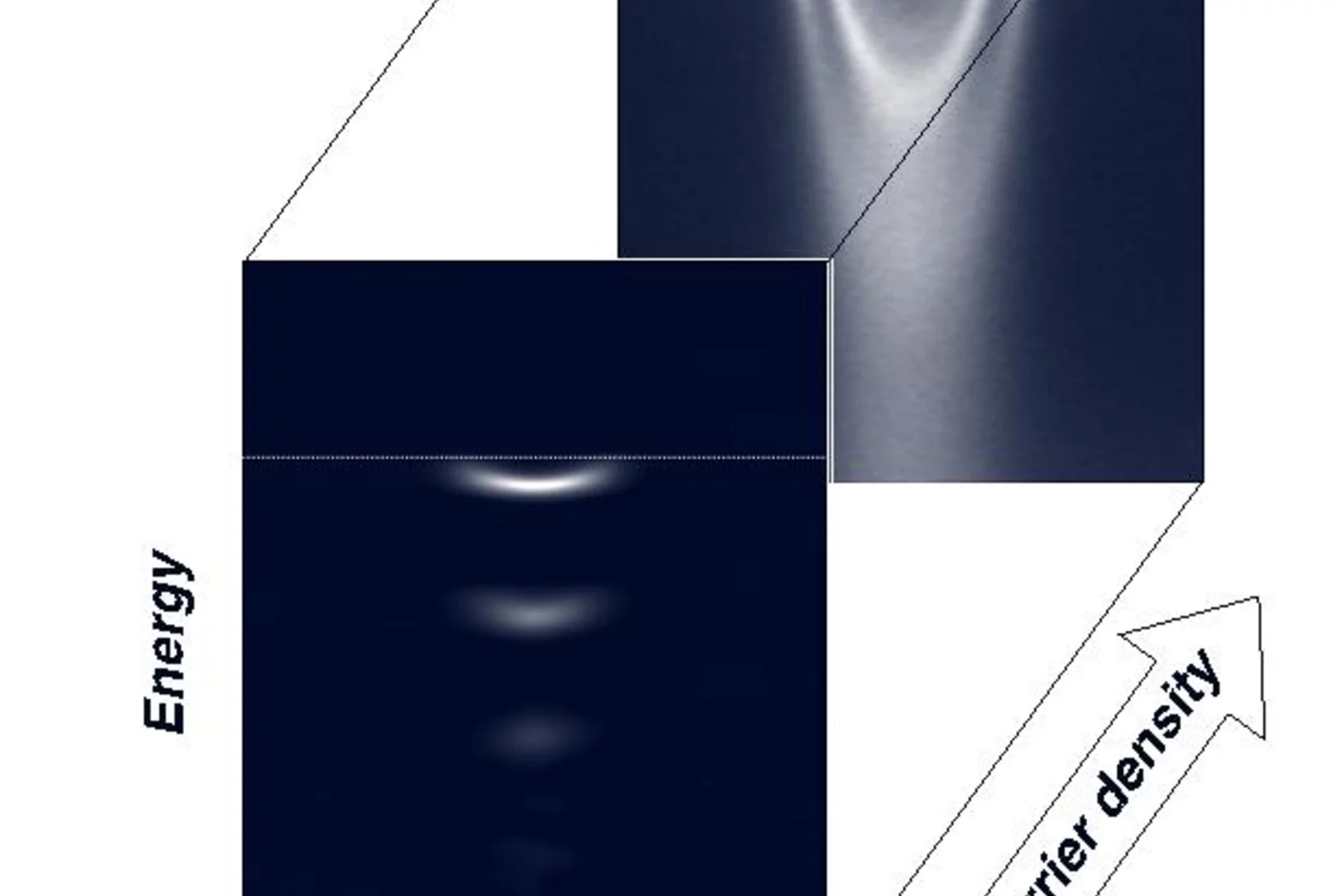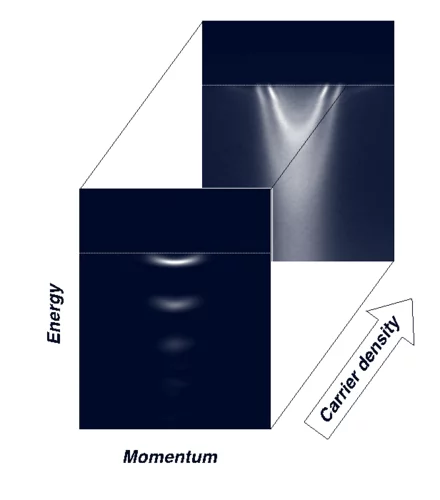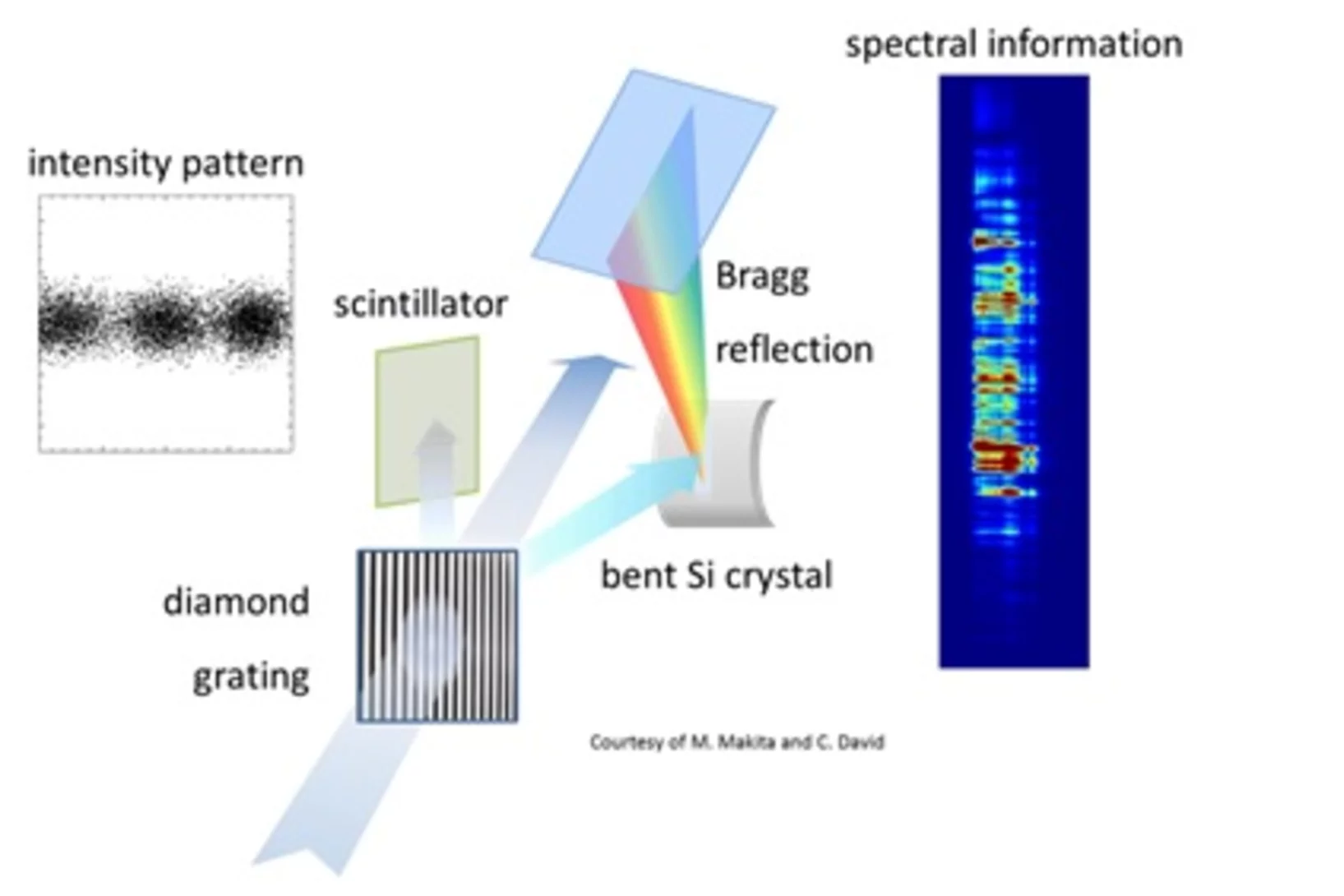A l’Institut Paul Scherrer, les scientifiques cherchent des réponses à la question essentielle des structures élémentaires de la matière et des principes fondamentaux de fonctionnement dans la nature. Ils étudient la structure et les propriétés des particules élémentaires – les plus petits composants de la matière – ou se penchent sur la question de savoir comment les molécules biologiques sont structurées et remplissent leur fonction. Les connaissances qu’ils acquièrent de la sorte ouvrent de nouvelles pistes de solution en sciences, en médecine ou dans le domaine des technologies.
Pour en savoir plus, reportez-vous à Aperçu Fondements de la nature
Faire du gaz avec de l’électricité et de l’électricité avec du gaz
Le développement des installations photovoltaïques et éoliennes va croissant et leur intégration dans le système énergétique existant représente un défi. La plateforme ESI permet de tester les conditions de réussite de cette intégration. La solution: stocker l’excédent d’énergie sous forme de gaz.
Itinerant and Localized Magnetization Dynamics in Antiferromagnetic Holmium
Resonant magnetic scattering performed at the x-ray free electron laser facility LCLS (USA) has been used to investigate the magnetization dynamics of elemental Holmium. It is found that the demagnetization of conduction electrons and localized 4f magnetic moments have the same temporal evolution showing a strong coupling between the different magnetic moments.
First light from the SwissFEL Experimental Laser
The SwissFEL Experimental Laser 1 has successfully been delivered and installed in a temporary laser lab by Coherent, from where it will be moved to SwissFEL by end of 2016. The pre-installation in the temporary laser lab allows to become acquainted with the system, to set up a full monitoring and diagnostics system and to debug potential problems in the next months.
Des catalyseurs plus performants pour les voitures à gaz
Les véhicules à gaz ont le vent en poupe et ont besoin eux aussi de pots catalytiques. Alors que l’Empa travaille à optimiser les moteurs et les catalyseurs à gaz, le PSI se spécialise dans les méthodes d’analyse qui permettent d’observer très précisément les processus dans le catalyseur. Les chercheurs du PSI ont développé une chambre de mesure universelle pour leurs travaux, où le catalyseur peut être étudié par le biais de différentes méthodes dans des conditions toujours identiques.
Un atome à la fois
Le groupe de recherche Eléments superlourds étudie au PSI les atomes instables et exotiques, situés à la fin du tableau périodique des éléments. Leur rêve: découvrir un jour sur la carte des chimistes un îlot de stabilité, qui pourrait exister au-delà des éléments connus à ce jour.
Investigating DNA Radiation Damage Using X-Ray Absorption Spectroscopy
The key to achieving more effective radioprotection and radiotherapy is to understand the exact mechanism of the interaction between radiation and biomolecules, and in particular to obtain the precise structure of the different forms of damage and their relative ratios. Among all biomolecules exposed to radiation, DNA plays an important role because any damage to its molecular structure can affect the whole cell and may lead to chromosomal rearrangements resulting in genomic instability or cell death.
Welcome Dr. Peter Alpert
We warmly welcome Dr. Peter Alpert in the Laboratory of Environmental Chemistry joining the Surface Chemistry group as of 1st June 2016. Peter Alpert has received his PhD at Stony Brook University and has been a postdoc at CNRS-IRCELYON in France. Peter Alpert will strengthen the group’s activities in application of Scanning Transmission X-ray Spectromicroscopy (STXM) in a CROSS project with the SYN department (PolLux beamline and Laboratory of Micro- and Nanotechnology) to develop a new generation of environmental cells.
Zebra - un nouvel instrument pour le PSI
Entretien avec Oksana ZaharkoLes nouvelles interrogations scientifiques nécessitent des installations expérimentales toujours plus performantes. Dans l’entretien ci-après, Oksana Zaharko, chercheuse au PSI, explique les défis que représente la mise sur pied d’un nouvel instrument de recherche destiné à la recherche avec des neutrons.
Les mesures d’aujourd’hui renseignent sur les nuages du passé
Des chercheurs ont montré que la poussière fine pouvait se former dans l’atmosphère à partir de substances naturelles. Leurs résultats améliorent significativement nos connaissances sur les nuages de l’ère préindustrielle et ainsi, contribuent à une description plus précise de l’évolution passée et future du climat.
Organic Nitrate Contribution to New Particle Formation and Growth in Secondary Organic Aerosols from α-Pinene Ozonolysis
The chemical kinetics of organic nitrate production during new particle formation and growth of secondary organic aerosols (SOA) were investigated using the short-lived radioactive tracer 13N in flow-reactor studies of α-pinene oxidation with ozone. Direct and quantitative measurements of the nitrogen content indicate that organic nitrates accounted for ∼40% of SOA mass during initial particle formation, decreasing to ∼15% upon particle growth to the accumulation-mode size range (>100 nm). Experiments with OH scavengers and kinetic model results suggest that organic peroxy radicals formed by α-pinene reacting with secondary OH from ozonolysis are key intermediates in the organic nitrate formation process
Centriolar CPAP/SAS-4 Imparts Slow Processive Microtubule Growth
Centrioles are fundamental and evolutionarily conserved microtubule-based organelles whose assembly is characterized by microtubule growth rates that are orders of magnitude slower than those of cytoplasmic microtubules. Here, we bring together crystallographic, biophysical, and reconstitution assays to demonstrate that the human centriolar protein CPAP (SAS-4 in worms and flies) binds and "caps" microtubule plus ends by associating with a site of β-tubulin engaged in longitudinal tubulin-tubulin interactions.
LUCky Sola Team
The Radiowanderer stroke again: A team of 14 runners from the Laboratory of Environmental Chemistry (LUC) and the Laboratory of Radiochemistry (LRC), as well as a number of external friends and supporters, happily and successfully finished the 43rd Sola event in Zürich. The total distance summed up to 116 km and 2580 m in altitude. Congratulations to the runners!
Structure de la plateforme ESI
La voie vers un avenir énergétique durable passe par l’intégration de nouvelles énergies renouvelables: énergie solaire, énergie éolienne et biomasse. Sur la plateforme ESI (pour «Energy System Integration»), la recherche et l’industrie peuvent tester les solutions prometteuses dans leur complexité.
Dimensional Reduction in Quantum Dipolar Antiferromagnets
We report ac susceptibility, specific heat, and neutron scattering measurements on a dipolar-coupled antiferromagnet LiYbF4. For the thermal transition, the order-parameter critical exponent is found to be 0.20(1) and the specific-heat critical exponent −0.25(1). The exponents agree with the 2D XY/h4 universality class despite the lack of apparent two-dimensionality in the structure.
Swiss chemist wins prestigious Royal Society of Chemistry Award
Professor Urs Baltensperger, from the Paul Scherrer Institute in Switzerland, is the Royal Society of Chemistry Spiers Memorial Award winner for 2016.
Expérience dans une goutte en lévitation
La structure exacte des protéines est normalement déterminée au PSI par la technique de diffraction des rayons X. Deux scientifiques du PSI viennent de l’améliorer de façon astucieuse: au lieu d’immobiliser les protéines, ils les ont étudiées dans une goutte de liquide en lévitation.
The role of ions in the self-healing behavior of soft particle suspensions
A. Scotti et al., Proceedings of the National Academy of Sciences, 1516011113 (2016). Understanding when a material crystallizes is of fundamental importance in condensed matter. In many materials, the presence of point defects suppresses crystallization. Surprisingly, colloidal hydrogels can overcome this limitation: A small number of large microgels can spontaneously deswell to fit in the crystal lattice of smaller microgels, thus avoiding the occurrence of point defects.
How does food look like on the nanoscale?
The answer to this question could save food industry a lot of money and reduce food waste caused by faulty production. Researchers from the University of Copenhagen and the Paul Scherrer Institut have obtained a 3D image of food on the nanoscale using ptychographic X-ray computed tomography. This work paves the way towards a more detailed knowledge of the structure of complex food systems.
Robust Magnetic Properties of a Sublimable Single Molecule Magnet
The organization of single-molecule magnets (SMMs) on surfaces via thermal sublimation is a prerequisite for the development of future devices for spintronics exploiting the richness of properties offered by these magnetic molecules. However, a change in the SMM properties due to the interaction with specific surfaces is usually observed.
The role of ions in the self-healing behavior of soft particle suspensions
Understanding when a material crystallizes is of fundamental importance in condensed matter. In many materials, the presence of point defects suppresses crystallization. Surprisingly, colloidal hydrogels can overcome this limitation: A small number of large microgels can spontaneously deswell to fit in the crystal lattice of smaller microgels, thus avoiding the occurrence of point defects.
Recognition as 'Highly Cited Researchers'
Two researchers of the Laboratory of Atmospheric Chemistry at PSI were recognized by Thomson Reuters as Highly Cited Researchers 2015. Their published articles rank in the top 1% most cited articles in their subject field for the year of publication.
Les arbres échangent du dioxyde carbone entre eux
Les arbres de la forêt n’utilisent pas le dioxyde de carbone uniquement pour eux – ils en échangent aussi de grandes quantités avec les arbres voisins via leurs racines. L’échange intensif de dioxyde de carbone d’arbre à arbre – également entre différentes espèces – s’effectue via les filaments mycéliens symbiotiques présents dans le sol.
Frapper le cancer en plein cœur
Des chercheurs de l’Institut Paul Scherrer PSI étudient à présent une méthode pour introduire des substances radioactives jusque dans le noyau cellulaire. La source de rayonnement reste ainsi confinée dans la cellule et agit de manière plus ciblée, car elle se retrouve plus près du matériel génétique.
Phonon spectroscopy reveals important details of geophysical relevant materials
Using inelastic x-ray scattering and parameter-free calculations the authors provide the first complete and fully consistent lattice dynamics description of MgSiO3-brigmanite, the main constituent of the Earth’s lower mantle and one of the most important Earth’s minerals.
Viscoelasticity Enhancement of Surfactant Solutions Depends on Molecular Conformation: Influence of Surfactant Headgroup Structure and Its Counterion
During the anisotropic growth from globular to wormlike micelles, the basic interactions among distinct parts of the surfactant monomer, its counterion, and additives are fundamental to tune molecular self-assembly. We investigate the addition of sodium salicylate (NaSal) to hexadecyltrimethylammonium chloride and bromide (CTAC and CTAB), 1-hexadecylpyridinium chloride and bromide (CPyCl and CPyBr), and benzyldimethylhexadecylammonium chloride (BDMC), which have the same hydrophobic tail.
Exploiter le méthane au lieu de le brûler à la torche
Des chimistes à l’ETH Zurich et à l’Institut Paul Scherrer ont découvert un nouveau moyen direct pour transformer le méthane gazeux en méthanol liquide. A l’avenir, cela pourrait inciter l’industrie à exploiter davantage ce gaz au lieu de le brûler sans l’utiliser, comme elle le fait aujourd’hui.
Tailoring Novel Superconductivity
The band insulator strontium titanate SrTiO3 (STO), widely used as a substrate for growing oxide films, is a highly fascinating material. Recently, novel physical properties have been observed at the interface between STO and the materials grown on it. For instance the appearance of superconductivity above the temperature of liquid nitrogen, observed in a single monolayer of FeSe (its critical temperature is higher than in any iron-based bulk material) grown on the STO surface, suggests a key-role of the STO substrate.
Tailoring Novel Superconductivity
The Angle Resolved Photoemission Spectroscopy (ARPES) measurements performed on 2DEL at STO surface revealed that, at low carrier density, electrons are always accompanied by a quantized dynamic lattice deformation. Together with the electron, these phonon-cloud formed a new composite quasiparticle called Fröhlich polaron.
Researchers find key to zinc rich plants to combat malnutrition
The diet in many developing countries is lacking zinc, but researchers have just solved the riddle of how to get more zinc into crop seeds. The discovery has been published in Nature Plants, and the research was led by University of Copenhagen.By Johanne Uhrenholt Kusnitzoff
Hard X-ray Photon Single-Shot Spectrometer of SwissFEL successfully delivered and installed
Not a joke: on 1st of April 2016 the Photon Single-Shot Spectrometer (PSSS) got delivered fully assembled and installed already to the front end of SwissFEL. It will measure the photon spectral information in every single shot for the Aramis beamline not only for the users, but also as a direct feedback to the machine during formation of the lasing process.

